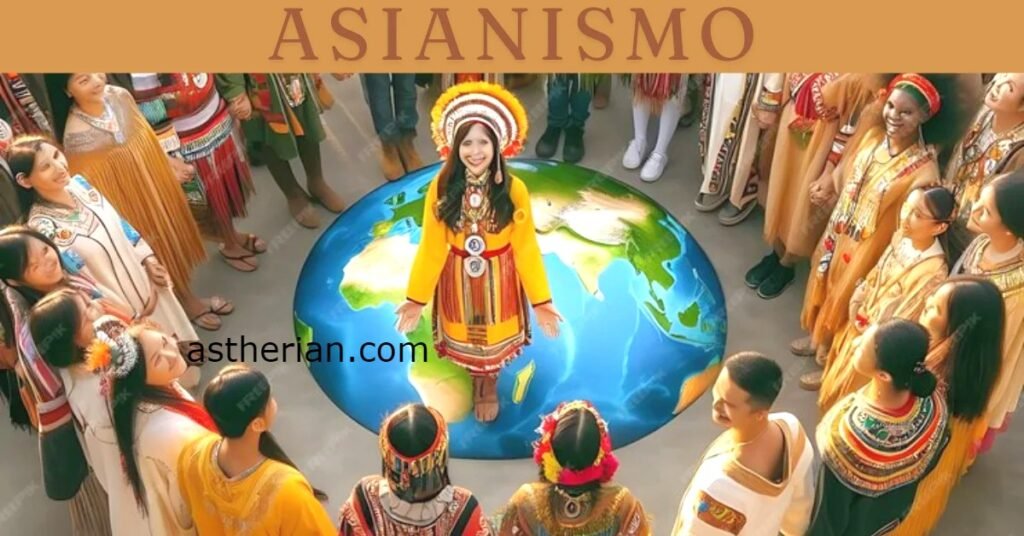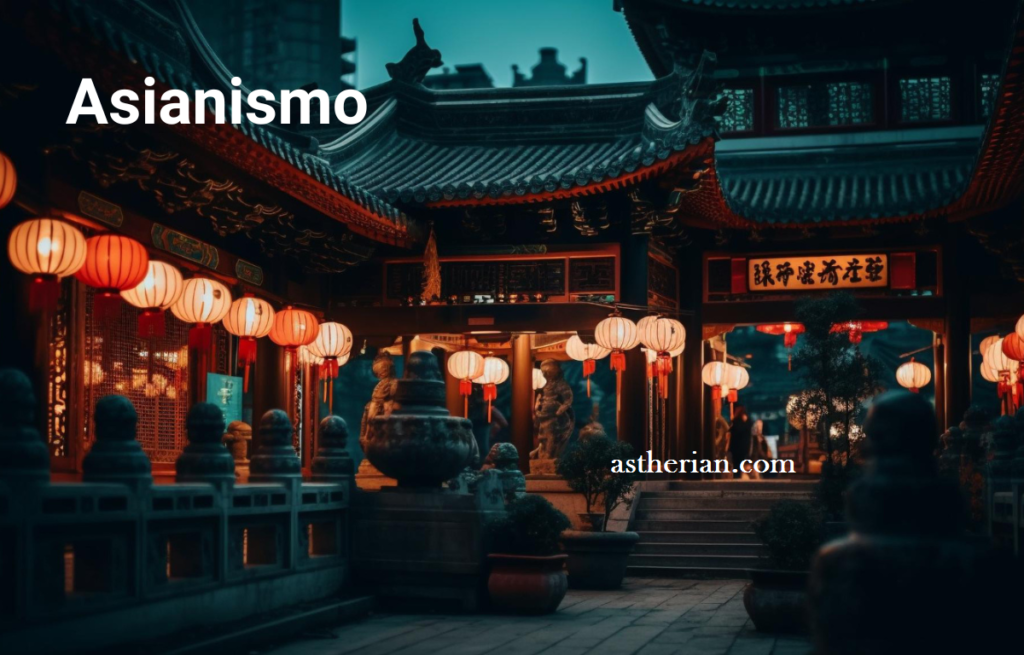Asianismo is a significant and revolutionary movement that has influenced Asian culture and thought. Asianismo, which emerged in reaction to the demands of Western colonialism and the pursuit of cultural reclamation, represents a sense of pride and solidarity based on the many histories and customs of Asian countries. This early 20th-century movement aimed to create an Asian identity that encompassed both the region’s historical legacy and its aspirations for the future.
Origins of Asianismo
The early 20th century saw the emergence of Asianismo’s as a reaction against Western colonialism and the aspiration for political and cultural independence. All throughout Asia, intellectuals and nationalists aspired to create a single, unified Asian identity. A profound admiration of Asian customs, ideas, and values defined this movement.
Core Elements of Asianismo
Asianismo is an all-encompassing ideological and cultural movement that places a strong accent on the identity, independence, and unity of Asia as a whole. The movement’s roots lie in anti-colonialism, a call to cultural heritage, and a quest for economic, political, and cultural independence. Although it takes a different form in every continent, Asianismo shares some common core elements:
Pan-Asian Unity
One of the postulates of Asianismo is the unity of Asian nations. The movement calls for Asian nations to hold together to offer joint stronger resistance to foreign forces and value collectiveness.
This concept has been employed against Western colonialism and imperialism for centuries but now it’s mostly an economic cooperation and a sense of common security risks.
Cultural Revivalism and Pride
Asianismo promotes the revival of native Asian values, philosophies, and cultures. It promotes pride for the native cultures, languages, and religions often submerged and repressed by colonial powers with their Western heritage. It can be seen in movements to revive historical monuments, advocate traditional arts, and teach local histories.
Anti-Colonialism and Nationalism
Movement in the context of its relation to anti-colonial or anti-imperial sentiments often has a robust agenda for political as well as economic independence from Western and other foreign powers. Asianismo espouses nationalist movements that, in effect, would typically reclaim sovereignty from the yoke of neocolonialism, where sovereignty is denied, and the right to self-determination is asserted.
Economic Cooperation and Independence
Economic independence is another important aspect of Asianismo. The new movement advocates for regional Asian integration or closer Asian cooperation to build strong regional economies that are more or less independent of Western powers. Initiatives such as the Asian Development Bank (ADB) and the ASEAN Economic Community (AEC) exemplify this, as they seek to expand trade and investment within Asia.
Strategic Alliances and Diplomacy
Asianismo also underscores the necessity of strategic cooperation among Asian countries in defense and diplomacy. They are advised to cooperate on security matters at the regional level, that is, they are requested not to rely on external military powers. Such examples are ASEAN (Association of Southeast Asian Nations) and the Shanghai Cooperation Organization (SCO).
Modernization and Technological Development
Besides these cultural roots, the movement calls for modernization and technological advancements to achieve contemporary and evolving milestones in an era where progress is propelled by sophisticated technology. Asianismo calls for efforts in narrowing the gap between the leading technologies of Asia and those of the West through continuous innovation within; sustainable development based on science; and investment in education.

Development and Growth
As Asianismo’s grew in popularity, it gave rise to a number of literary, artistic, and political movements. Publications, conferences, and intellectual exchanges all helped this idea gain traction. Important nations like China, India, and Japan were instrumental in developing and advancing the concepts of Asianismo. Growing recognition of Asian countries’ shared cultural and historical experiences characterized the movement’s expansion.
Key Figures in the Asianismo Movement
A number of significant individuals surfaced as the leaders of Asianismo’s. The writings of Okakura Kakuzō highlighted the value of Asian unity and cultural legacy in Japan. Rabindranath Tagore’s writings emphasized the depth of Asian spirituality and culture in India. Asianismo, meantime, had a significant influence on Liang Qichao’s views on modernization and reform in China. These figures, along with a host of others, added to the movement’s broad appeal and solid intellectual base.
Cultural Impact of Asianismo
Asianismo made a lasting impression on many different cultural fields. It spurred a renewed interest in classical Asian texts and topics in literature. Indigenous art forms had a resurgence as a result of artists incorporating traditional Asian motifs and techniques into their works. Asianismo also had an impact on political philosophy, supporting the fight for independence and opposing colonial rule. Asian peoples have developed a sense of pride and unity as a result of this cultural rebirth.
Asianismo in Modern Times
The influence of Asianismo is still seen in modern times. Contemporary academics and advocates utilize the tenets of Asianismo’s to tackle contemporary concerns like interregional collaboration, cultural conservation, and globalization. The movement’s emphasis on solidarity and shared history is still pertinent as Asian nations negotiate the challenges of the twenty-first century. Initiatives that support cultural interaction and regional integration are another example of Asianismo’s influence.
Future Prospects of Asianismo
With continued initiatives to develop cultural understanding and fortify regional links, Asianismo’s future appears bright. The ideals of Asianismo’s offer an invaluable framework for developing collaboration and respect for one another as Asian countries continue to assert their identities on the international scene. The movement’s capacity to adjust to shifting conditions without sacrificing its essential principles is what gives it its enduring appeal. Asianismo provides a way ahead for upcoming generations by embracing the rich tapestry of Asian history and culture.
FAQs
What is Asianismo?
Asianismo is a cultural and intellectual movement that emerged in the early 20th century, emphasizing Asian unity, cultural heritage, and self-determination.
Who were the key figures in the Asianismo’s movement?
Notable figures include Okakura Kakuzō from Japan, Rabindranath Tagore from India, and Liang Qichao from China, among others.
How did Asianismo impact literature and art?
Asianismo inspired a revival of interest in classical Asian texts and themes, leading to the incorporation of traditional motifs and techniques in literature and art.
What is the relevance of Asianismo’s today?
Asianismo’s principles of unity and shared heritage remain relevant in addressing contemporary issues such as globalization, cultural preservation, and regional cooperation.
What are the future prospects of Asianismo?
The future of Asianismo is promising, with ongoing efforts to strengthen regional ties, promote cultural understanding, and foster cooperation among Asian nations.
Conclusion
Asianismo stands as a testament to the rich and diverse cultural heritage of Asia. Moreover, by understanding its origins, development, and impact, we can appreciate the profound influence this movement has had on shaping the historical and cultural landscape of the region. However, the future of Asianismo’s holds great potential, offering a path for continued unity and cultural resurgence in Asia.


